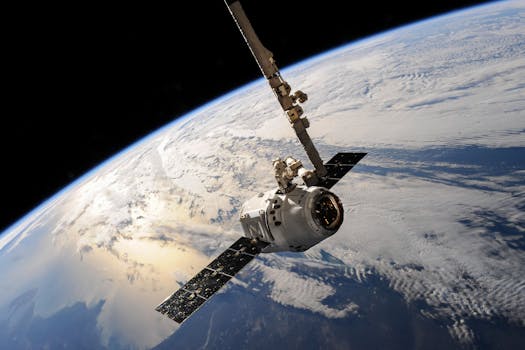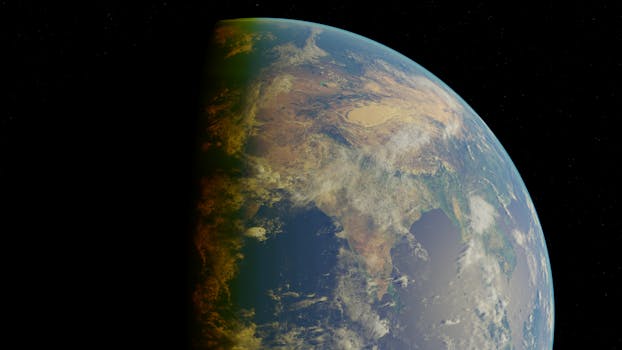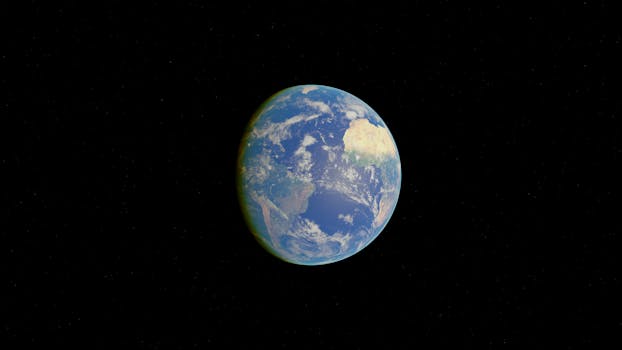
GEO Satellites: The Backbone of Global Connectivity
GEO satellites, or Geostationary satellites, are a type of satellite that orbits the Earth at an altitude of approximately 36,000 kilometers, remaining stationary relative to a fixed point on the equator. This unique characteristic allows GEO satellites to provide continuous coverage of a specific region, making them an essential component of modern telecommunications infrastructure. The focus keyword, GEO satellites, is the foundation of this article, which will delve into the world of these incredible space-based assets.
History and Development of GEO Satellites

The concept of GEO satellites was first proposed by science fiction writer Arthur C. Clarke in 1945. However, it wasn’t until the 1960s that the first GEO satellite, Syncom 2, was launched. Since then, the technology has evolved significantly, with advancements in materials, propulsion systems, and communication equipment. Today, GEO satellites are used for a wide range of applications, including television broadcasting, telecommunications, navigation, weather forecasting, and remote sensing.
Applications and Benefits of GEO Satellites

GEO satellites have numerous applications and benefits. One of the primary uses of GEO satellites is for telecommunications. They provide a means of transmitting data, voice, and video signals over long distances, enabling global connectivity and communication services. GEO satellites are also used for navigation, such as the Global Positioning System (GPS), which relies on a network of GEO satellites to provide location information and timing signals. Additionally, GEO satellites are used for weather forecasting, providing images and data on cloud patterns, storm systems, and other meteorological phenomena. Lastly, GEO satellites are used for remote sensing, which involves collecting data on the Earth’s surface and atmosphere using specialized sensors and cameras.
Challenges and Future Developments

Despite the many benefits and applications of GEO satellites, there are also challenges associated with their use. One of the primary concerns is space debris, which poses a significant risk to the operational lifetime of GEO satellites. To mitigate this risk, satellite operators and manufacturers are developing new technologies and strategies for debris removal and disposal. Another challenge is interference, which can occur when multiple satellites operate in close proximity to each other. To address this issue, regulatory bodies such as the International Telecommunication Union (ITU) are working to establish guidelines and standards for satellite operations. As the demand for satellite-based services continues to grow, researchers and developers are exploring new technologies and innovations, such as high-throughput satellites and satellite constellations, to improve the efficiency and capacity of GEO satellites.
See more:





